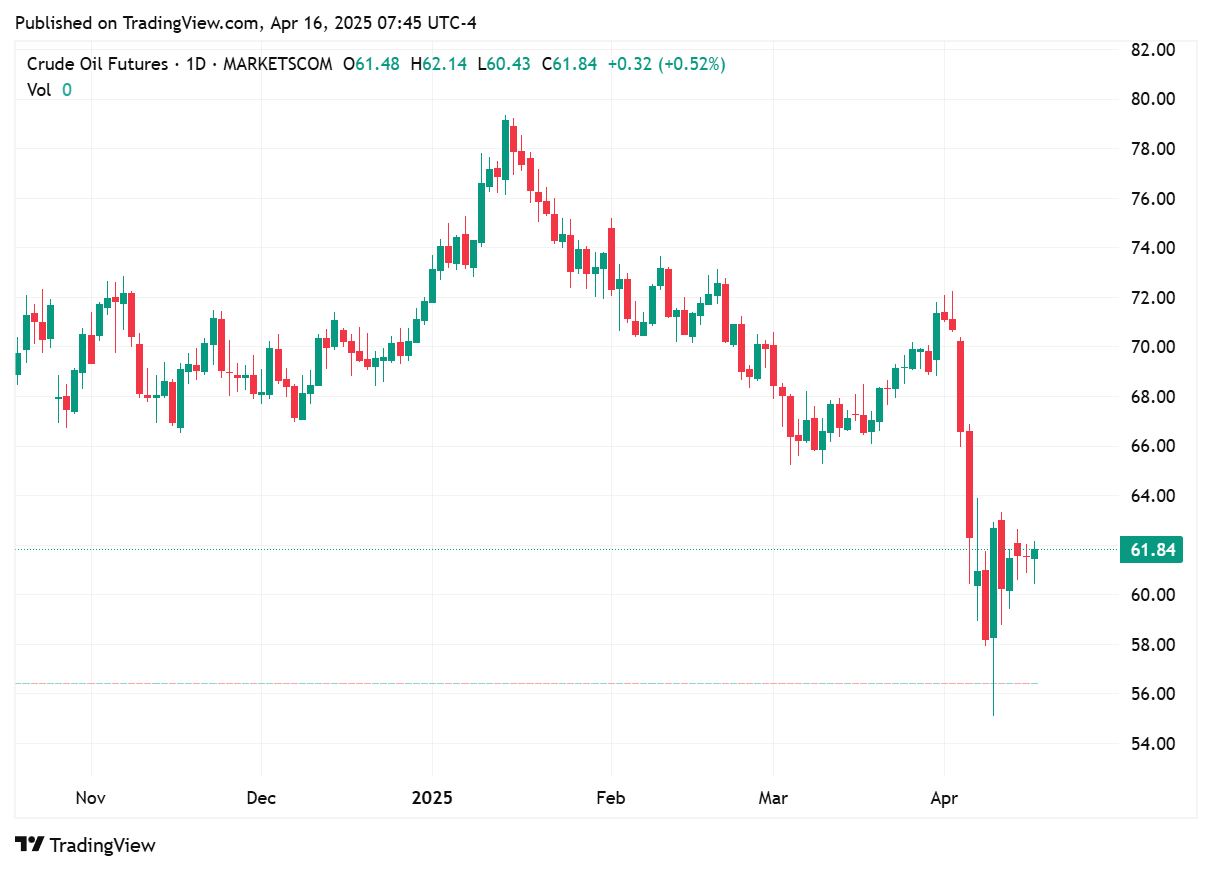Daily Newsletter 4/16/25
Good morning.
Federal Reserve Chair Jerome Powell is scheduled to deliver a key speech today, addressing the economic outlook amid significant uncertainty caused by President Trump’s tariff policies. Markets are watching closely for Powell’s perspective on inflation, employment, and potential monetary policy actions in response to shifting economic conditions.
The Federal Reserve is currently under significant pressure due to a combination of economic and policy challenges. It is navigating heightened pressure from persistent inflation, weaker growth, policy uncertainty, and increased scrutiny over how it balances its dual mandate in a challenging economic environment. Policymakers acknowledge that inflation risks are tilted to the upside, while employment risks are skewed to the downside, increasing the complexity of policy choices.
This earnings season is pivotal because the results and outlooks from a handful of dominant companies will likely determine whether the U.S. market can maintain its momentum or if concerns about the real economy and policy risks will take center stage. We are closely monitoring other earnings releases today, with particular attention on ASML, USB, ABT, PLD and KMI.
Our outlook on global markets remains unchanged. We need to see more decisive stabilization measures from regulators before we can be confident that the markets are turning bullish again.
There are simply too many destabilizing factors affecting global markets, making the situation increasingly complex. Ongoing trade wars, persistent uncertainty, debt challenges, supply chain disruptions, and geopolitical tensions all contribute to this heightened complexity.
The rebound from deeply oversold levels may have already run its course, but the emergence of a new negative catalyst—the outbreak of war with China—has brought the rally to an end.
The conflict between US and China has expanded beyond tariffs. The U.S. has imposed new export licensing requirements for advanced chips and is considering further restrictions on critical minerals and pharmaceuticals. China has responded by halting deliveries of Boeing aircraft and restricting exports of rare earths essential for technology manufacturing.
The trade war shows no signs of abating, with both sides signaling readiness for a prolonged conflict. The dispute is disrupting global supply chains, raising costs for businesses and consumers, and increasing the risk of a global economic slowdown.
OIL
The industry-wide average break-even price for profitability is estimated at $62 per barrel.
Most U.S. oil producers require oil prices in the low-to-mid $60s per barrel to maintain profitable drilling and shareholder returns, with some variance based on geography and company-specific costs. Prices below $60 per barrel typically prompt companies to scale back operations and capital expenditures. When including dividends, debt repayments, and corporate expenses, the effective break-even can rise to over $60 per barrel for many firms, with some large companies needing even higher prices to cover shareholder returns. For instance, Exxon at mid-high eighties and Chevron at high nineties per barrel.
Upgrade to a paid subscription to unlock access to detailed entry and exit points for our trades, real-time trade updates, and expert insights into macroeconomics and finance. Subscribers will also gain exclusive access to advanced options trading strategies and the methodologies behind structuring these trades.



